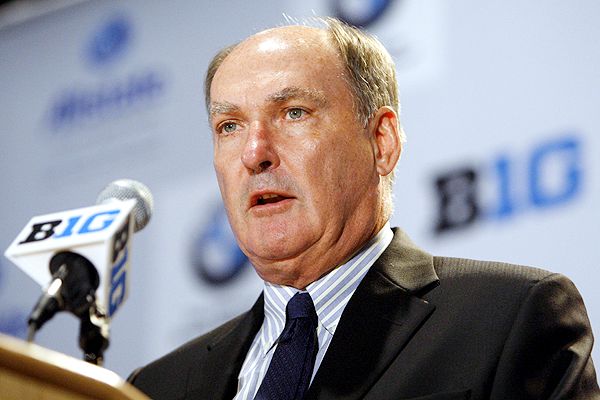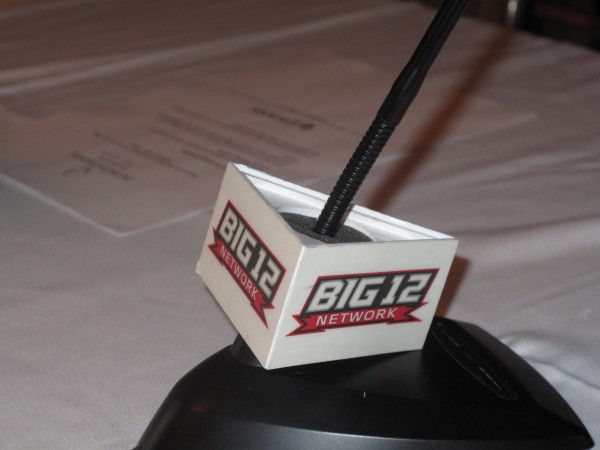The Big Ten’s Shift East Begins in Earnest Next Season
Posted by Alex Moscoso on April 7th, 2016On Monday night in Houston, Villanova’s Kris Jenkins hit a three-point buzzer-beater to lift his team over North Carolina for the school’s second championship all-time and the first for the remade basketball-only Big East. Having one of the conference’s premier programs reach the sport’s pinnacle gives the Big East a much-needed boost in relevance. However, that sense of accomplishment could be fleeting. Enter the Big Ten, which starting next year will initiate a series of expansive events in the northeastern United States, essentially trying to establish a beachhead in traditional ACC and Big East territory. For example, the 2017 Big Ten Tournament will be in Washington D.C. and the 2018 edition will be in New York. The league will also continue its “Super Saturday – College Hoops & Hockey” double-header in Madison Square Garden until at least 2019. This strategic shift focused on the Northeast marks the beginning of an arms race for the nation’s most coveted television markets.

The Big Ten starts its eastern offensive with the Big Ten Tournament in Washington, DC and New York over the next two seasons.
Recent championship aside, the Big East’s reorganization of a footprint that left half of its schools in the Midwest resulted in a vacuum. A 12-year contract with the fledgling Fox Sports 1 network, significantly restricting its viewing audience (average viewership for a Big East FS1 game is 91,000 people), hasn’t helped. The Big Ten, on the other hand, has a $1 billion contract with ESPN along with its own Big Ten Network, which reaches 90 million households. It’s with these munitions that Big Ten commissioner Jim Delany plans on swamping the East Coast with Big Ten basketball for the rest of the decade. He hopes to capture the market by blowing out any lingering Big East passion and outflanking the ACC in its own surge northward.















































